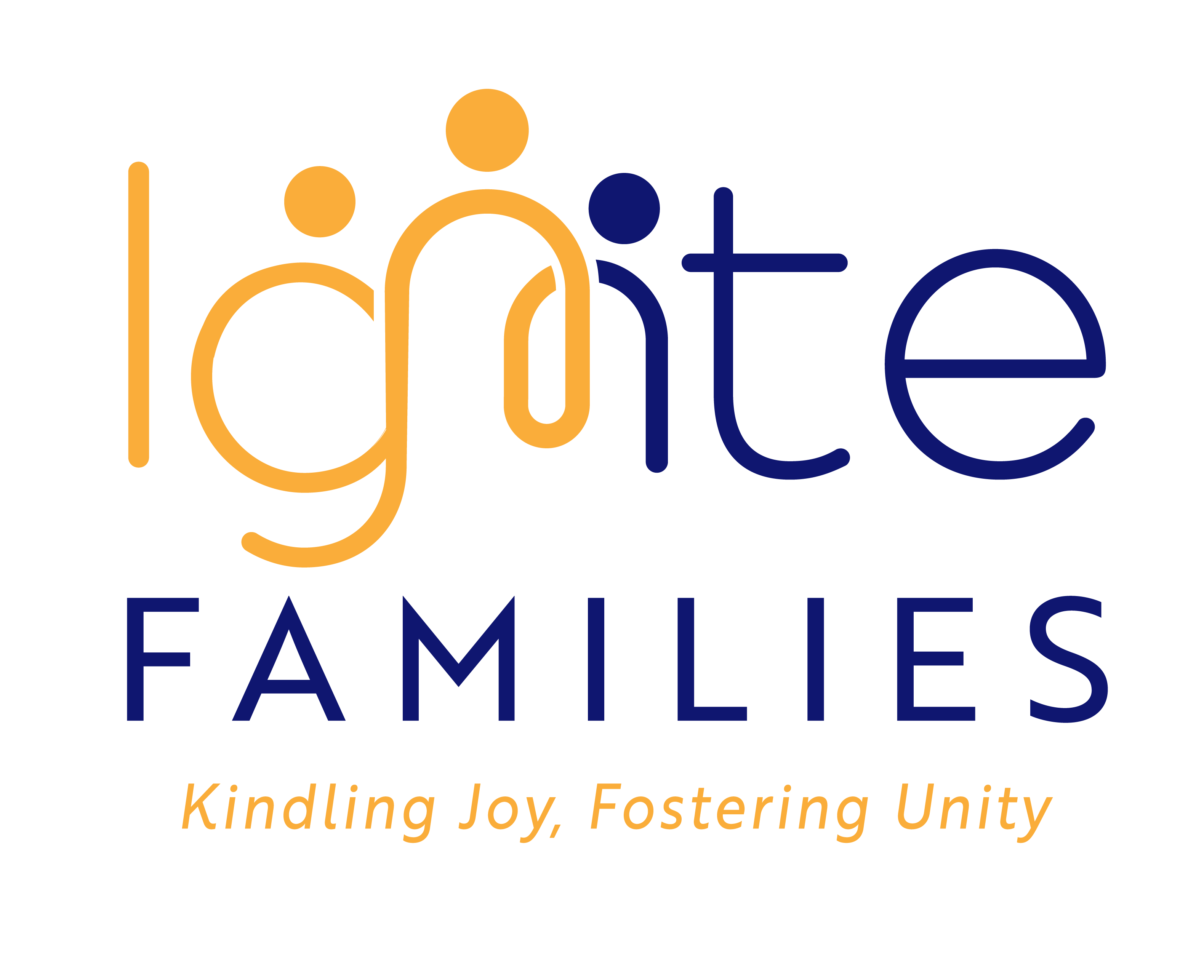Workplace Violence Prevention & Response Policy
Purpose & Scope
Ignite Families is committed to a workplace that is safe, respectful, and free from violence, threats, intimidation, and harassment. This policy applies to all employees, 1099 contractors, interns, volunteers, and visitors while on company property, in company vehicles, in virtual meetings, or conducting fieldwork (including home and community visits). It also applies to client/family interactions.
Zero-Tolerance & Non-Retaliation
We have zero tolerance for workplace violence in any form. Reports made in good faith will never result in retaliation. Disciplinary action—up to and including termination of employment or contract—may result from violations of this policy.
Definitions (Types of Workplace Violence)
Roles & Responsibilities
Prevention Standards (Office & Field)
Immediate Response (When Violence or a Credible Threat Occurs)
Reporting & Documentation
Assessment, Investigation & Outcomes
Special Guidance for Social-Services Interactions
Training & Drills
Support & Post-Incident Care
Recordkeeping & Compliance
Contact Points
Purpose: To ensure employees feel safe, supported, and able to serve families with full presence and professionalism.
